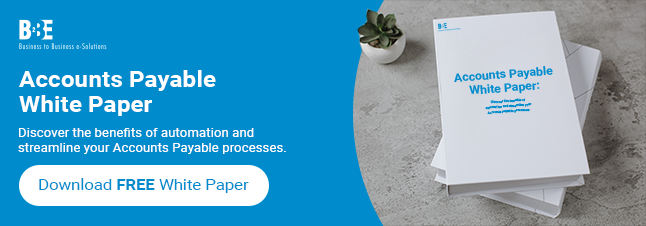In this article, we review the purchase order vs. invoice – what the key differences are between the two and why they’re important for your business’ financial operations.
When dealing with business transactions, the terms purchase order and invoice are often used interchangeably, but they serve distinct purposes. Understanding the key differences between the two is crucial for efficient procurement, accurate record-keeping, and smooth financial operations.
What Is a Purchase Order?
A purchase order (PO) is a formal document issued by a buyer to a supplier, outlining the details of a purchase. It specifies the quantity, price, and agreed-upon terms before any goods or services are delivered. Once the supplier accepts the purchase order, it becomes a legally binding agreement, ensuring both parties are aligned on expectations.
Businesses use purchase orders to track spending, manage budgets, and prevent unauthorised purchases. This document plays a key role in procurement, helping organisations maintain financial control and streamline supplier relationships.
Related article: How Do Purchase Orders Work?
What Is an Invoice?
An Rechnung, on the other hand, is issued by the supplier after fulfilling an order. It serves as a payment request, listing the goods or services provided, along with the final cost, payment terms, and due date. Invoices are crucial for financial reconciliation, ensuring businesses track payments and maintain accurate accounting records.
While a purchase order authorises the transaction, an invoice confirms its completion, serving as a request for payment.
Related article: Ensure Timely Invoice Payments: Key Strategies For Success
Watch our video round-up below:
Purchase Order vs. Invoice: Key Differences
The main difference between a purchase order and an invoice is when they are issued and their purpose in the transaction. A purchase order is created at the beginning of the process, before goods or services are delivered, to confirm the buyer’s intent to purchase. In contrast, an invoice is sent after the order has been fulfilled to request payment.
Another important distinction is who generates each document. The buyer creates a purchase order to communicate their order details, while the supplier issues an invoice to confirm delivery and request payment. Both documents contain similar information, such as item descriptions, quantities, and pricing, but they serve different roles in financial management.
Why Do Businesses Need Both?
Using both purchase orders and invoices ensures financial accuracy and accountability. POs help businesses control spending and prevent fraudulent purchases, while invoices facilitate payment tracking and financial reporting. Together, they support a seamless procurement-to-payment process.
Conclusion
While a purchase order and an invoice are both essential in business transactions, they serve different roles. A purchase order initiates the purchase, whereas an invoice finalises the transaction. Understanding this distinction can help businesses improve financial management, ensure compliance, and streamline procurement processes.
Erfahren Sie mehr über unser Procure to Pay-Lösungen, including Kreditorenbuchhaltung und Beschaffung.
About B2BE
B2BE delivers electronic supply chain solutions globally, helping organisations to better manage their supply chain processes, providing greater levels of visibility, auditability and control. We’re driven by a passion for what we do, inspired by innovation, and underpinned by a wealth of knowledge. With over 20+ years of experience, the B2BE teams operate worldwide.
For more information, visit www.b2be.com.

